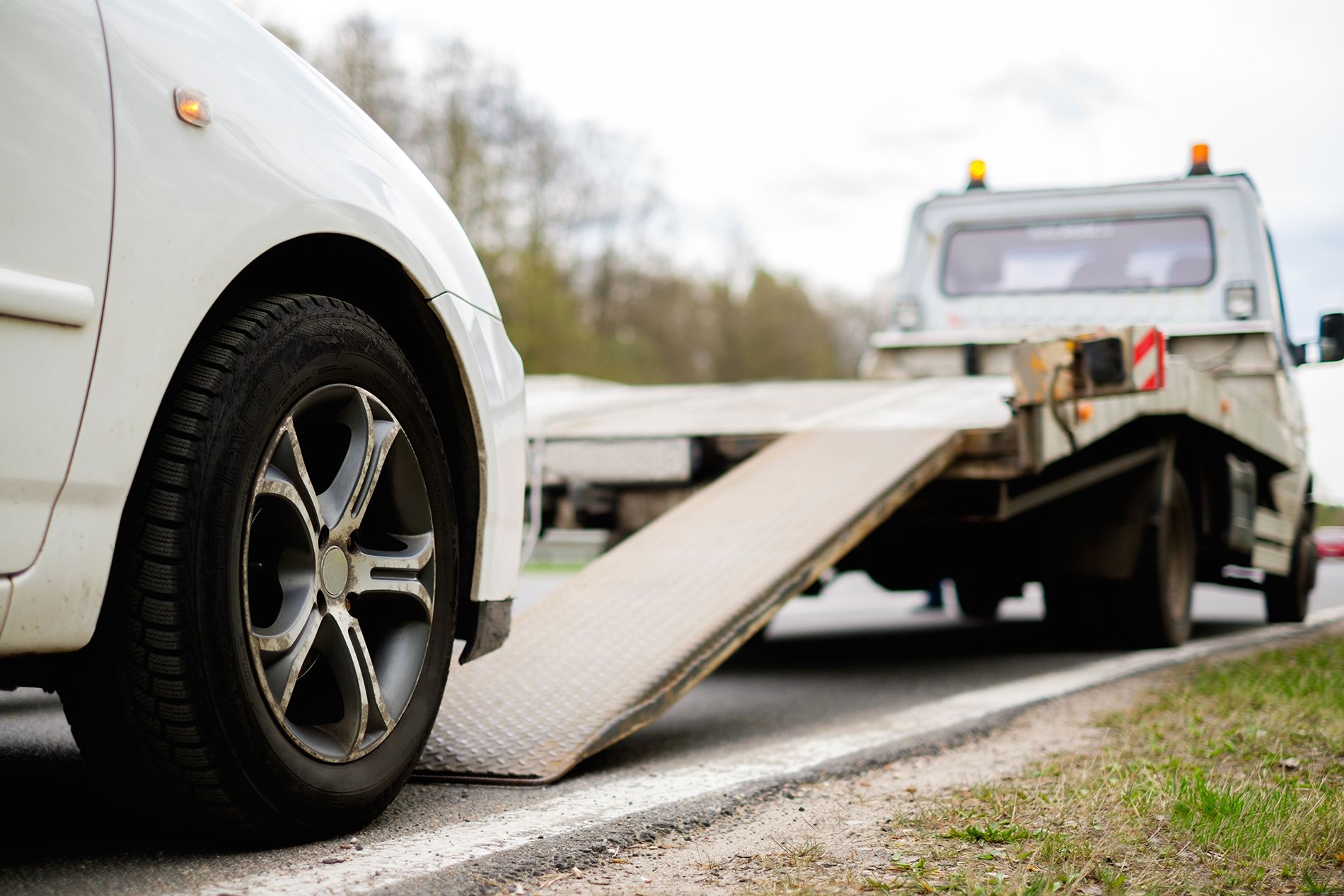
Edmonton: 780-244-2252
Regina: 306-761-1688
Winnipeg: 204-633-3500
Brandon: 204-727-7181
Greater Toronto Area: 289-466-0260
Toll Free: 1-800-615-1116

Battery 101: Our Frequently Asked Questions
Ask anyone when they believe they will encounter problems with their vehicle’s battery, and they will likely tell you it will occur during the cold winter months. Facts actually prove that summer heat is more damaging than any cold temperatures. But proper battery checkups and maintenance are important regardless of the season.
This page contains some of the most frequently asked questions we receive. If you require any further advice, please contact our staff directly.
How to Jumpstart a Dead Car Battery
As residents of Western Canada, we’ve all experienced times when someone needs a boost, or when we’ve needed one ourselves. Cold weather and long periods of darkness (lights are left on longer) mean that incidents of battery failure occur more frequently in the winter. Here’s how to properly boost a battery while minimizing risk:
1) Make sure that the battery isn’t frozen. It’s unsafe to boost a frozen battery, so make sure that the contents inside are still liquid. If you have doubts, pull off one of the caps and look for ice inside. If the car cranks over at all, you’re probably fine.
2) Ensure that your booster cables are in working order. If the ends are coated in rust or dirt, clean them off with some sandpaper or a wire brush. The same goes for the battery terminals on both cars (with the exception of the negative terminal on the dead one – more on this in a second).
3) Identify the polarity of all the terminals. Car batteries have positive (+) and negative (-) terminals. Generally, red cables mean positive, and black mean negative, but it’s best to check for symbols on the battery itself. This is important, because crossing them can create a dangerous short circuit.
4) Turn off both cars all the way – don’t leave accessory power on.
5) Connect booster cables in the following order: Connect the positive terminal on the battery to be boosted to the positive terminal on the good battery – use the red booster cable. Then use the black lead to connect the negative terminal on the good battery to a clean metal surface under the hood of the car to be boosted, away from the battery itself. Never connect to the negative terminal directly. As the last connection to be made, there is a chance that a spark will be created, and you don’t want to make a spark near a battery, because it can emit explosive gases.
6) Start the “booster” car, and allow the engine to run for 2 or 3 minutes before attempting to start the other vehicle.
7) To disconnect, reverse the order in which you connected the cables. Allow the boosted vehicle to run for at least 20 minutes to get a charge into the battery.
If your battery has failed, or you’d like to have it checked, visit any one of Prairie Battery’s three locations, or call us toll-free at 1-800-615-1116.
How to Choose Commercial Batteries That Won’t Fail in the Winter
Not only are dead batteries an inconvenience, but they also cost you precious time and (potentially) added expense.
Even if your commercial battery is a standard 12-volt lead acid battery (most likely as part of an electrical starter system), once the battery’s charge drops too low, the quality of the battery suffers damage and it may no longer hold a good enough charge to start your motor.
All batteries will ultimately fail, but it is better to replace your battery before you lose a day’s work. Regularly checking your battery’s cable connections will help maintain your battery’s life. A partial connection will not be able to supply sufficient electricity to start your engine in cold weather.
If you need to store your batteries away from your commercial vehicles during the winter months, you should fully charge them before you store them. Battery providers will tell you that a fully charged unit is much less likely to be damaged by subzero temperatures.
A battery that works almost every day through the cold weather will probably continue to work well because you are keeping it fully charged and fresh. It is usually only when you stop using your battery for some time that the commercial battery might begin to fail.
How to Inspect a Battery
Your powerboat, ATV, or sports car will be at risk from battery failure if you don’t maintain it across the winter days.
First, make sure you wear protective eyewear and long sleeves to protect yourself. Batteries contain acid and that doesn’t mix well with your eyes or skin. Avoid wearing any jewelry so you don’t chance causing a spark near the battery.
Next, inspect the battery to check that it’s not bulging, leaking, or forming cracks. Any of these signs are an indication to go and replace your battery immediately.
Make sure the battery connections are clear of any corrosion, lead oxidation, paint, or rust by using a scouring pad or a brass brush. Make sure the rust is brushed away from you.
Check water levels in each cell if your battery has detachable filler caps. The plates must be covered by the fluid to stop sulfation. You should fill the battery with distilled water — never tap water — until the plates are covered.
How to Care for ATV Batteries
There is truth to the rumour that you need to take extra-special care of your all-terrain vehicle. Neglect your battery, and your ATV will be stuck in the garage. Let the experts at Prairie Battery guide you. Not only will we help you find the best battery for your ride, but we’ll also instruct you on the best ways to maintain your purchase for the long-term.
ATV batteries have to work hard to power both three and four-wheelers. It might be the engine that provides the power to move the vehicle, but everything from starting to running the headlights is powered direct from your battery. The engine might not need electricity to run after the initial charge to the starter, but without it, you will not be moving anywhere. Finding yourself stranded, miles from anywhere on account of a dead battery is never a positive experience.
Your ATV battery needs extra-special care because of the demands placed on it. Your vehicle spends too much of its time sitting in the garage doing nothing. When the weather is poor, your ATV goes weeks or even months without use.
The longer your vehicle sits without being started, the more the battery will become discharged and will need to be recharged fully. The battery will recharge automatically when you are riding your ATV. Charging your battery regularly will extend the life of the battery.
If you have any questions, please contact our knowledgeable staff at any one of our branches in Winnipeg, Brandon, Regina, and Edmonton!
Hopefully, you have been shown how to charge your battery using the proper equipment and you’ve been told to never use a motorcycle battery charger on your ATV.
Speak to our staff for an explanation as to why you shouldn’t allow your battery to discharge too much before recharging.
What Causes Battery Problems on Boats
If a short battery life or dead battery has caused you problems in the water, then buying a quality battery from Prairie Battery will instantly resolve your difficulty. If you’re having this trouble regularly you will find the remedy in one of 4 areas:
- There is a problem with the installation
- There is a problem with the charging system
- The current battery or batteries are either worn out or do not meet the needed specifications
Your batteries are one of the most important parts on your boat. If they can’t start your engine, you are going nowhere.
Check over your system. Faults in your boat’s DC electrical system can damage other electrical machinery. Starter motors are not used very often, so they are not your usual source of complaint when you can’t start your powerboat. Poor wiring and low voltage are common nuisances that lead to starter motor failure.
The battery that came with your boat might not be of a high enough quality to maintain your system. If you allow your battery system to discharge partially, it may become weak and unable to ever return to its full charge or original power.
It is best to take the time to find the right battery that matches your needs. Talk to the experts at Prairie Battery so they can source the best make and model to ensure good starting power and sufficient muscle to maintain your boat’s facilities.
If you are a member of the press who is looking to speak with the Prairie Battery team for a news story, please contact our headquarters in Winnipeg at 204-633-3500 or email winnipeg@prairiebattery.ca.

